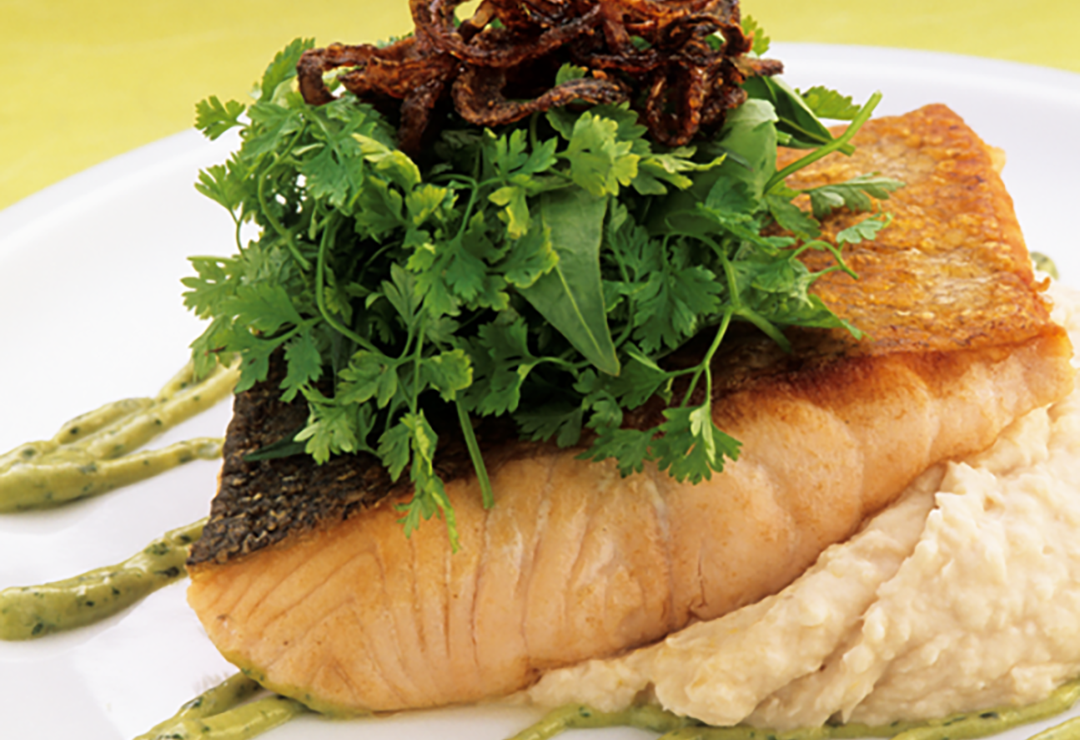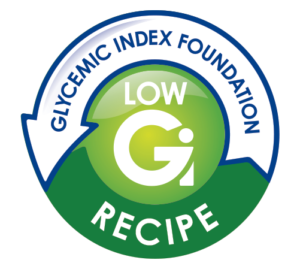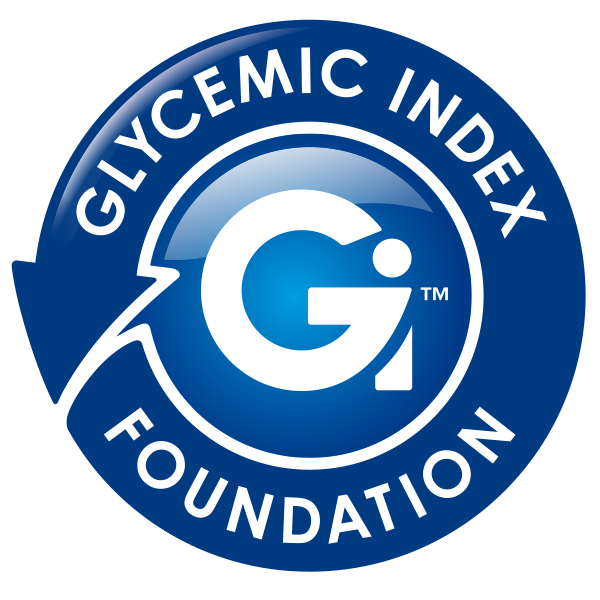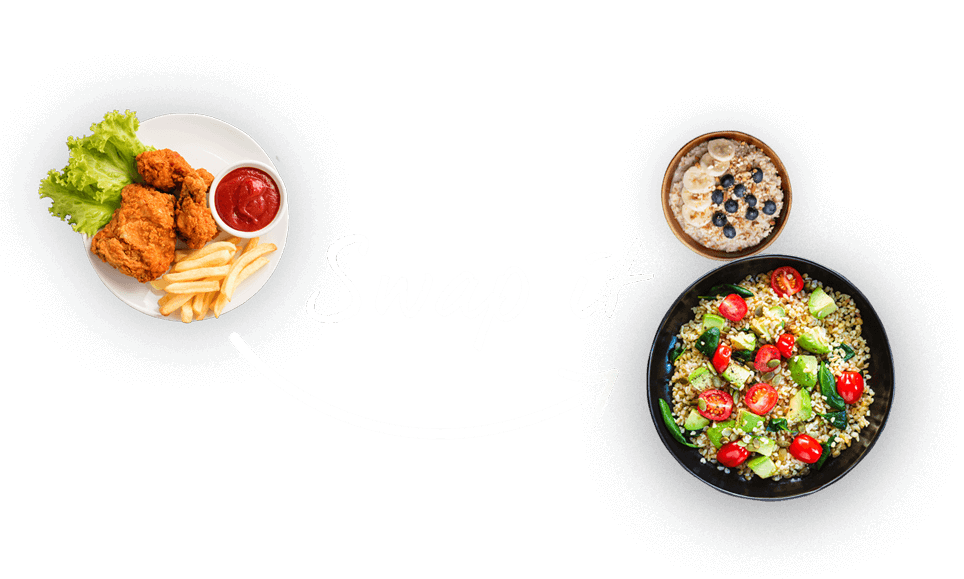Crisp-skinned salmon

Dinner

SERVES:
4
4
DIFFICULTY:
Easy
Easy
PREP TIME:
5 minutes minutes
5 minutes minutes
COOK TIME:
Ingredients
- 4 salmon fillet, skin on about 180g/6oz each (middle section is best)
- 1 tbsp olive oil
- sea salt
Method
- Pat the fish dry with kitchen paper.
- Heat the oil in a non-stick frying pan over moderate heat.
- Salt the skin of the fish with salt and place skin-side down in the pan and cook until golden and crispy. This can take 5–8 minutes depending on the size and thickness of the fish pieces. By the time the skin is crisp, the fish is almost cooked.
- Turn the fish over carefully, then remove from the pan and allow to rest uncovered (not on its skin side) for three minutes. The residual heat will finish cooking it perfectly.
- Serve with plenty of veggies or salad following our healthy plate plan.
Notes
Energy per serve: 1240 kJ
Cook’s tips:
To make Cannellini Bean Mash:
To make Cannellini Bean Mash:
- Rinse and drain a 400g/14oz can of beans and pulse blend in a processor to a mash with ½ teaspoon of chopped fresh thyme leaves and 1 tablespoon of fresh lemon juice.
- Slowly pour in enough olive oil (about ¼ cup/60ml/2fl.oz.) to make a soft puree and season to taste.
- Warm in a preheated oven (180°C/350°F) for about 5 minutes in a heatproof dish. Whisk before serving.
- In a bowl, whisk together ⅓ cup (80ml) olive oil, 2 tablespoons (40ml) apple cider vinegar, pinch salt and ½ teaspoon crushed garlic.
Please note the serving size listed is to be used as a guide only. Consider your own individual nutrient and carbohydrate requirements and adjust the serving size as required. If you are unsure of your requirements consult an Accredited Practising Dietitian (APD) for personalises advice.
Nutritional information (per serve)
Calories: 295kcal | Protein: 35g | Fat: 17g | Saturated Fat: 3.5g | Sodium: 540mg


